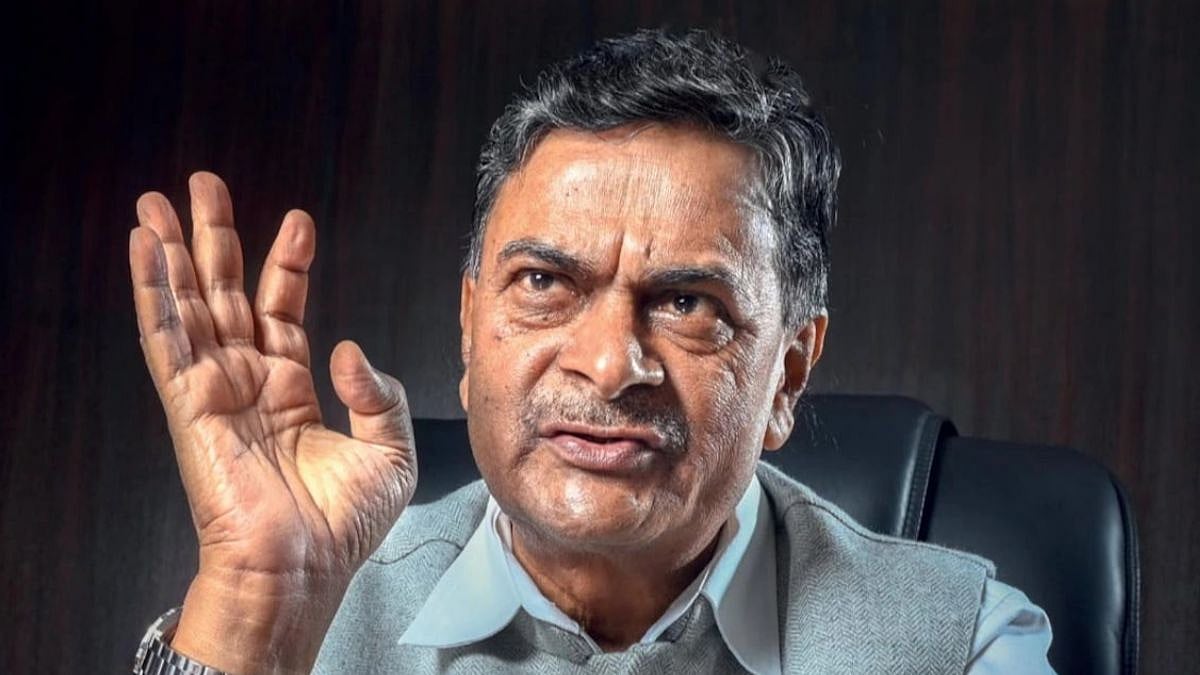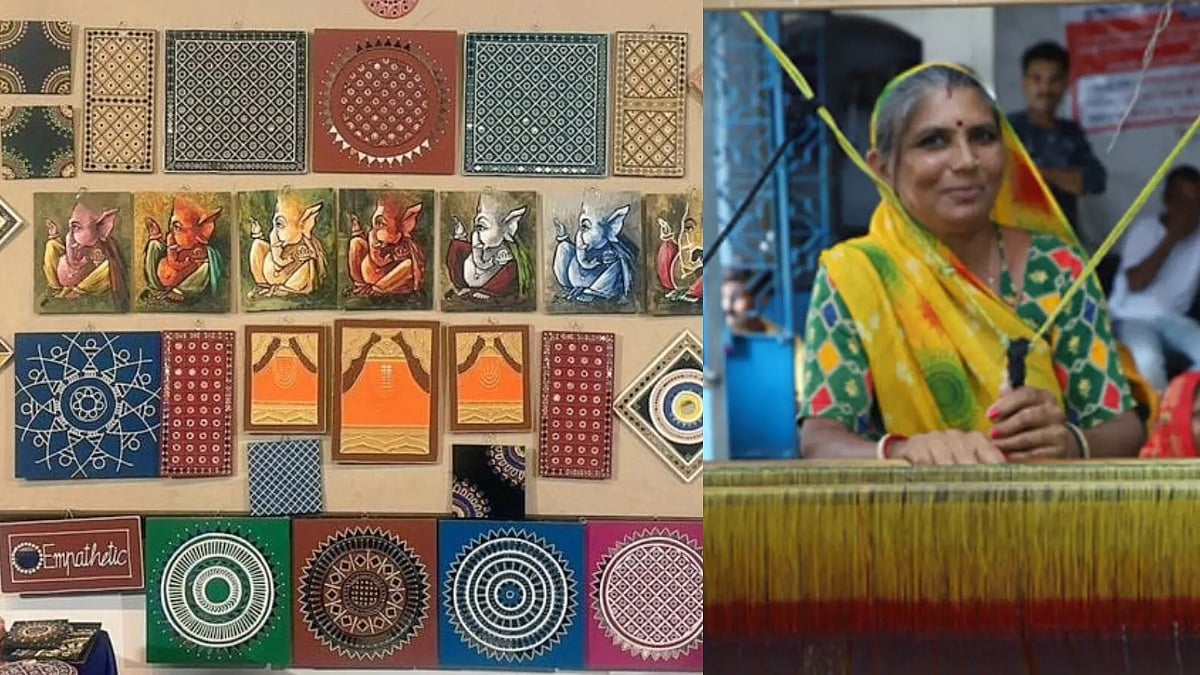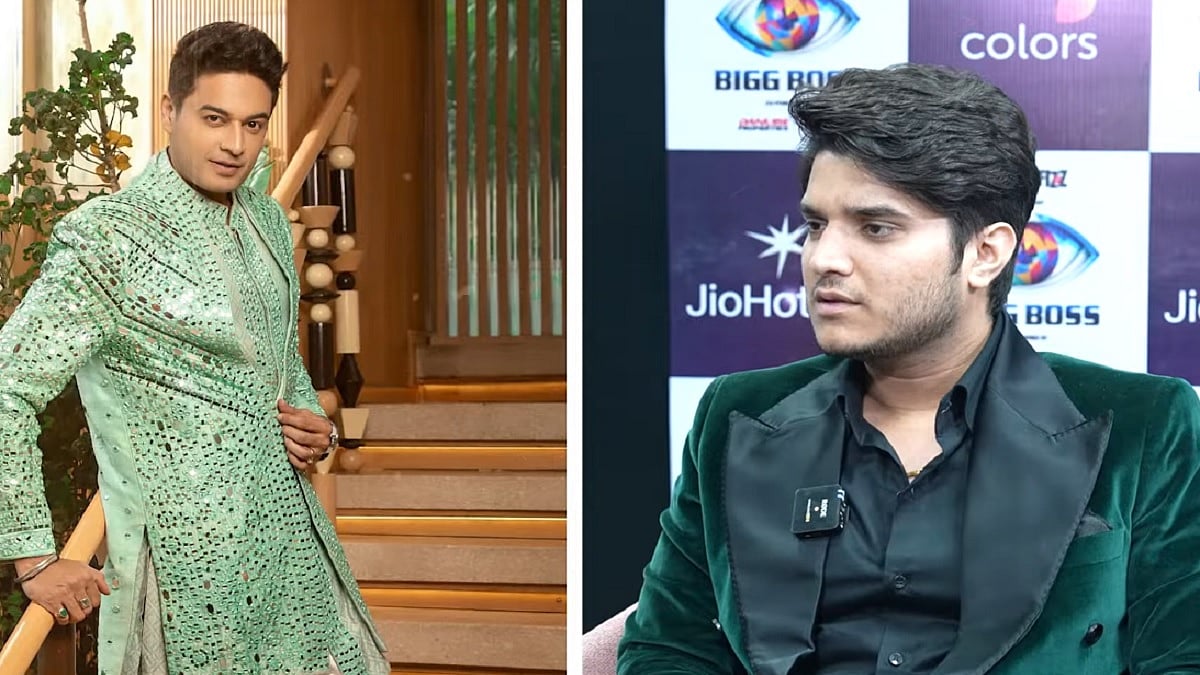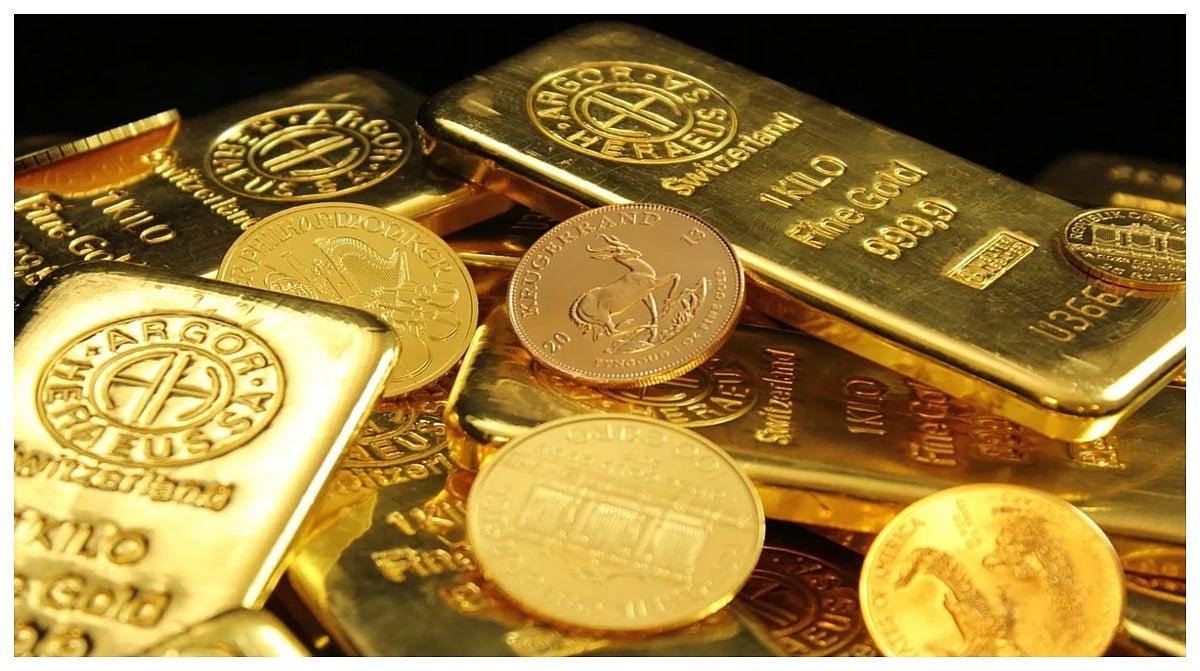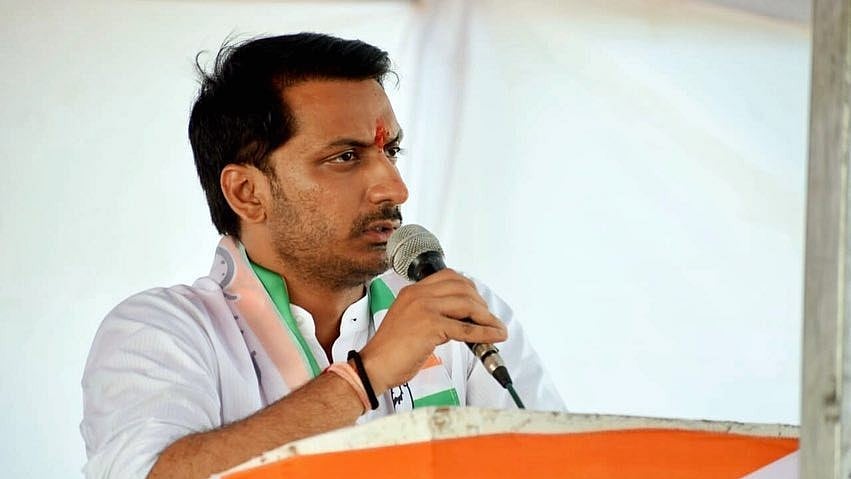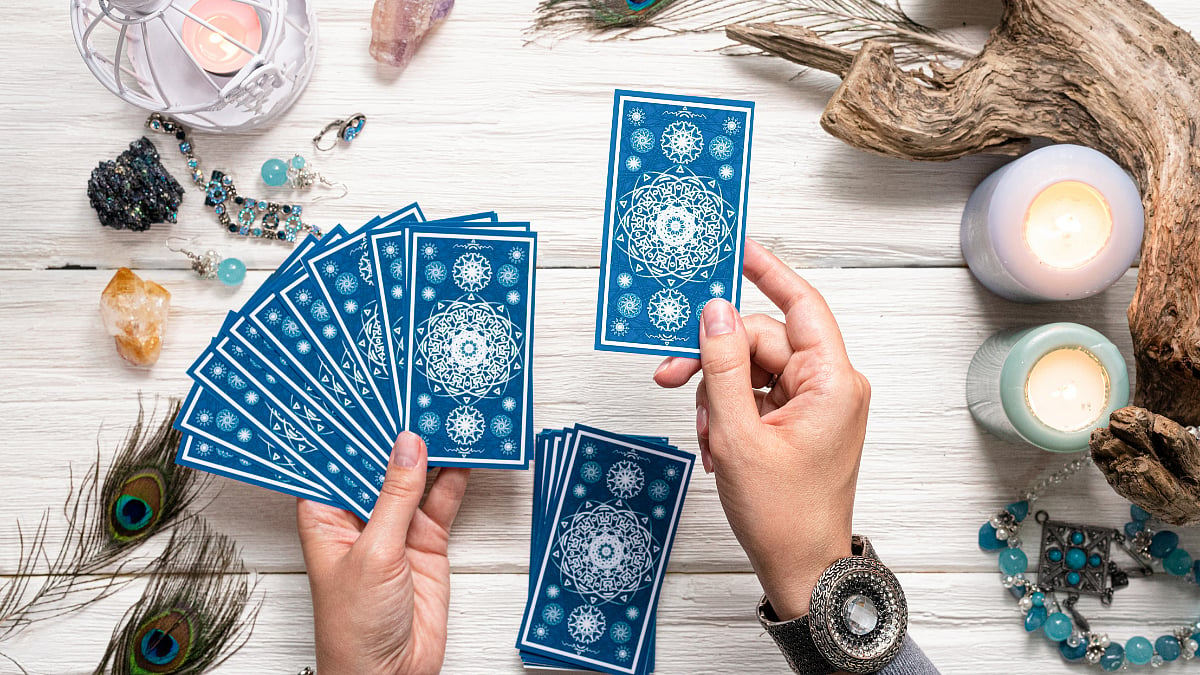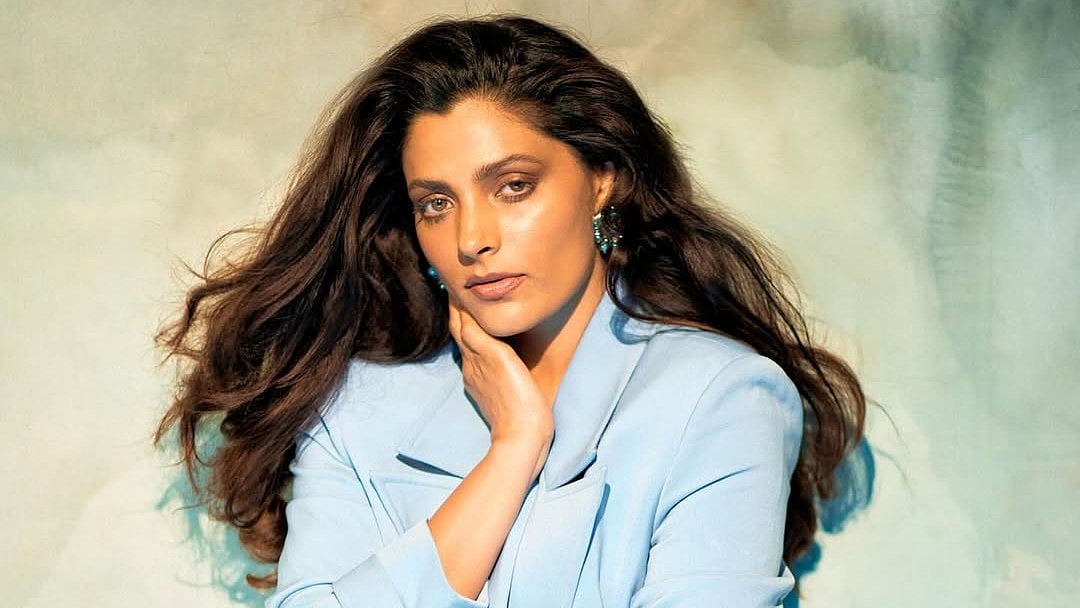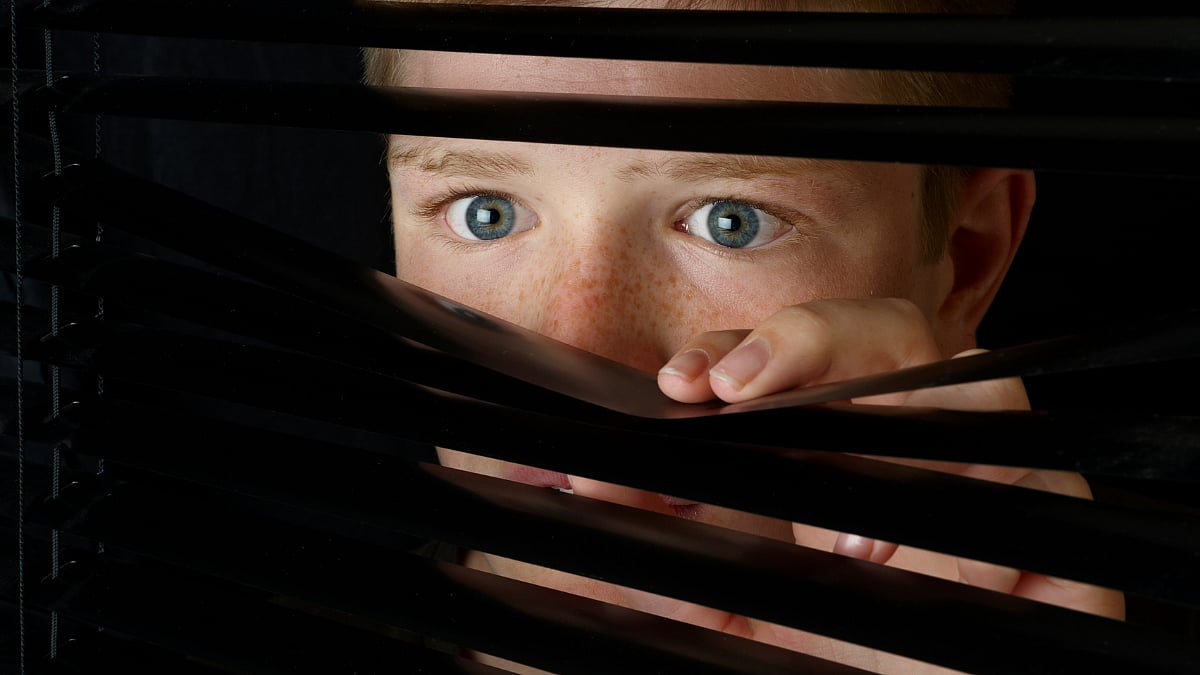When you hear Navrati, what does your mind conjure? The vibrant traditional attire, mouthwatering cuisine, garba, and dandiya. Garba is an ode to Goddess Shakti for her victory over evil after nine trying days of combating the demons. However, there’s more to this rhythmically synchronised dance form.
Garba is not only stunning to watch and fun to participate in, but also has a story behind it. Garba is believed to have originated when Mahishasura, the buffalo-headed king of demons and a devotee of Brahma, was wreaking havoc on Earth. Lord Brahma granted him a blessing and promised that he would never be killed by a man. The Holy Trinity - Brahma, Vishnu, and Mahesh - merged their powers to create Goddess Durga (an incarnation of Parvati). She defeated the demon king after nine days of battle, ending his atrocities and preventing the end of the world. Garba was then performed to express gratitude to the Goddess for her perseverance and hard work in bringing peace.
Today, there are different styles of garba. It is performed in a circle, with the idol of Goddess Durga at the centre. The dancers moving in circles are believed to represent the circle of life. It continues from birth to death and rebirth, leaving only Goddess Durga untouched and invincible. The circles are also believed to be vortex of engergy fields that protect the devotees.
Garba has multiple segments termed ‘Raas-Garba’. The dance has different forms such as Taali Garba, Tran Taali Garba, Raas, Hinch, and Dandiya.
Taali Garba: People dance around the idol of Durga, leaning against one another and using their legs and hands to make symbolic motions in unison. The dancer has to clap after each step. Whether it is a one-clap dance or a two-clap dance, the steps are similar except for the number of claps, as the name suggests.
Tran Taali Garba: People here clap three times in one complete step, as the name implies. To clap, one typically lowers one’s height from the right shoulder to the left leg. This is one of the dance forms that is the simplest and easiest to learn.
Garba Hinch: It is a type of competitive dance in which participants form a circle, move forward, and clap while moving in a circular pattern. The dance increases with the speed of the beats.
Dandiya: It is one of the most popular dance forms of Garba. In India, it is believed that dandiya, which is performed after garba, symbolises a fictitious battle between Durga and Mahishasura in which dandiya (sticks) stand as the Goddess’ sword. Men and women alternate tapping the sticks while holding them in their hands, creating a captivating visual.

